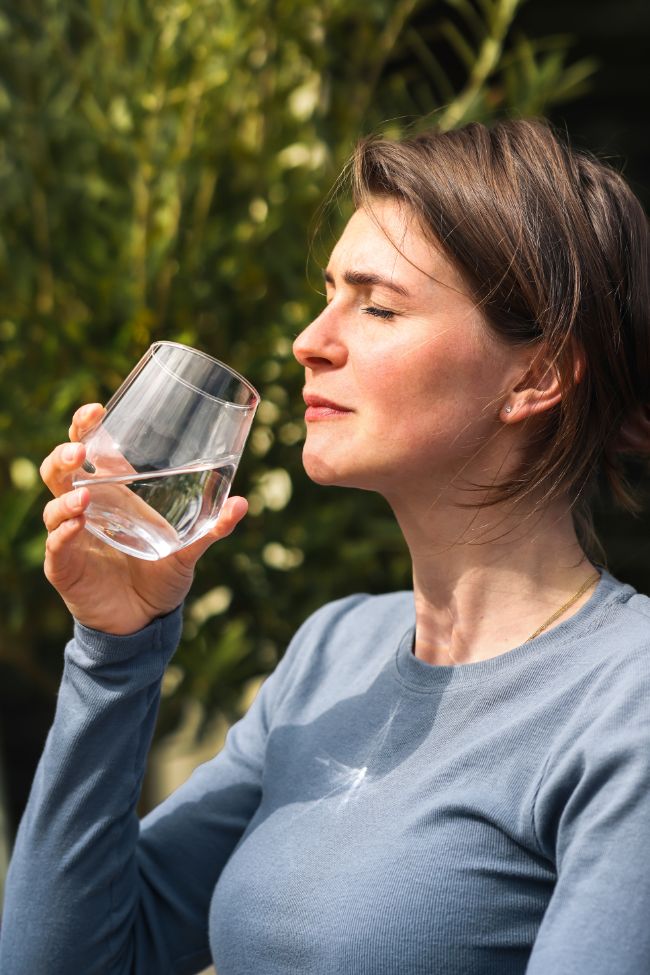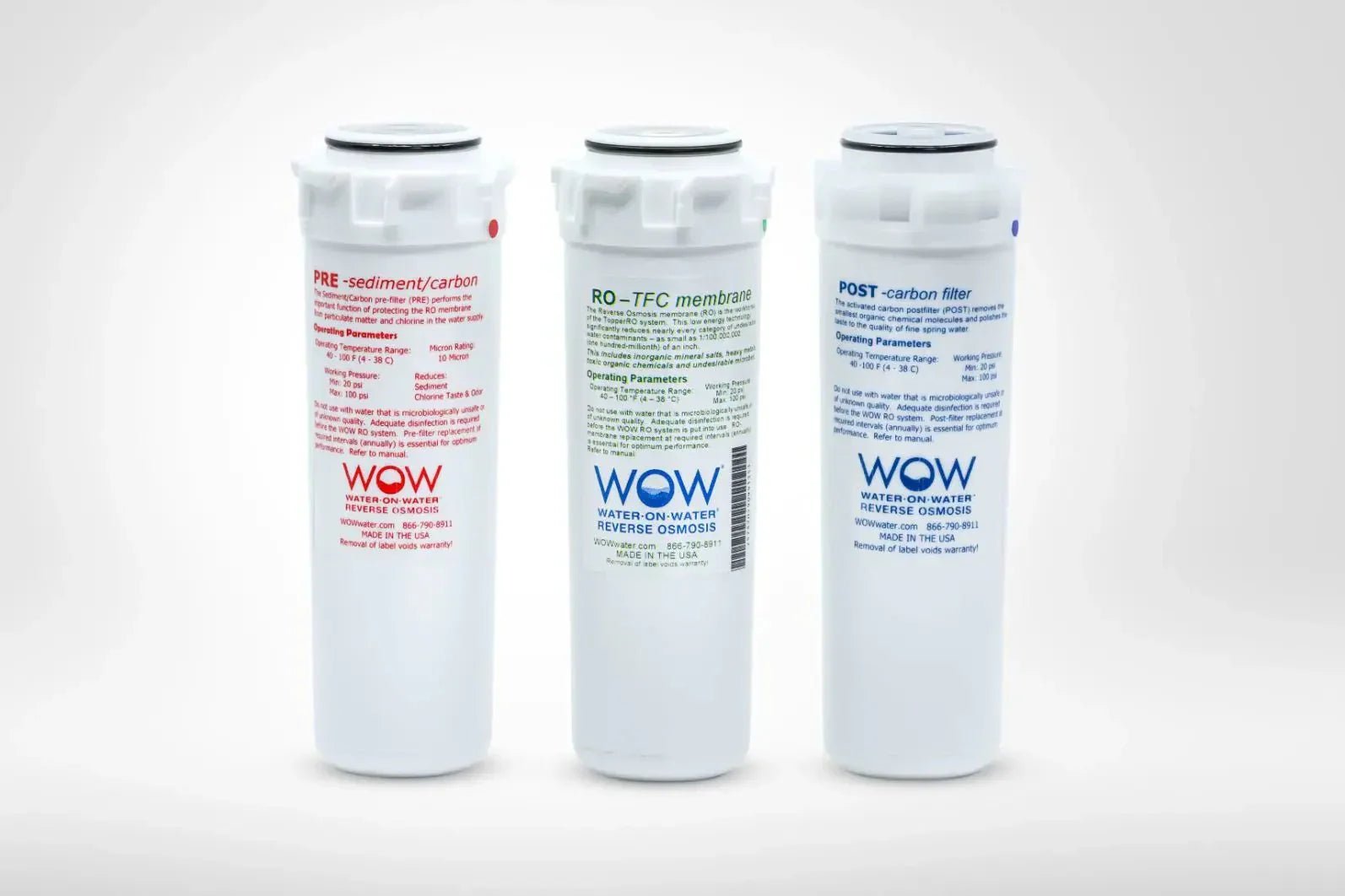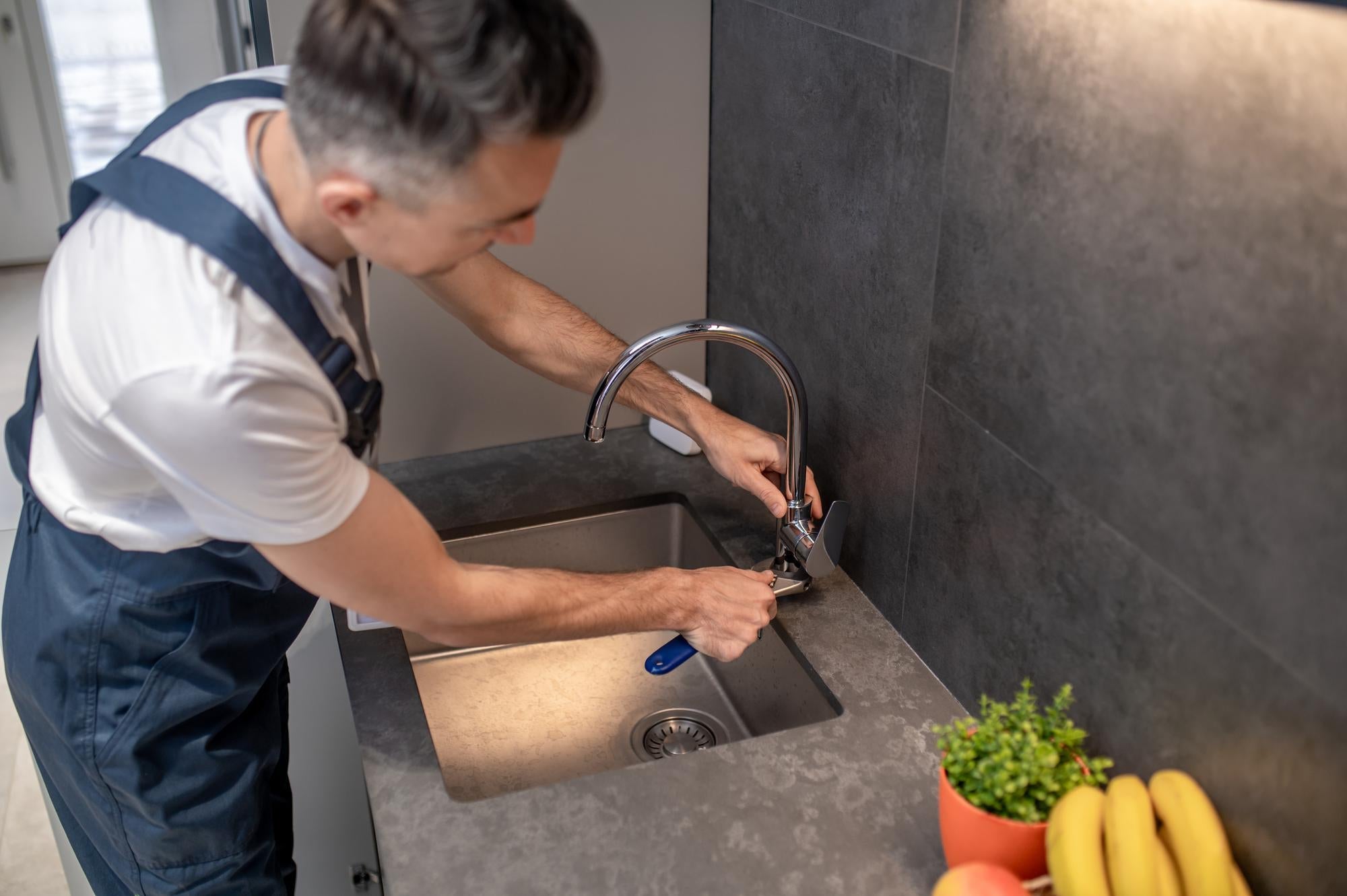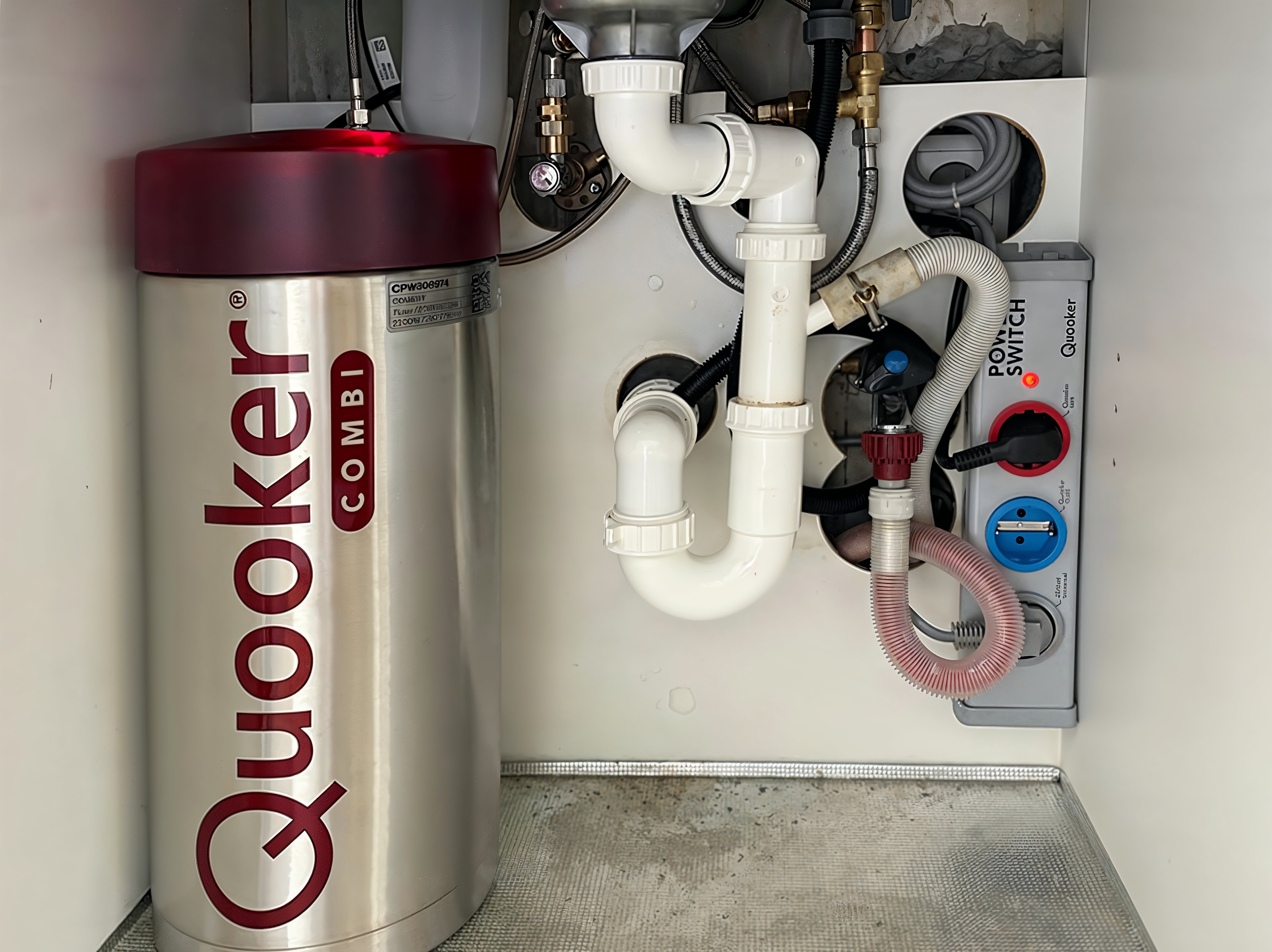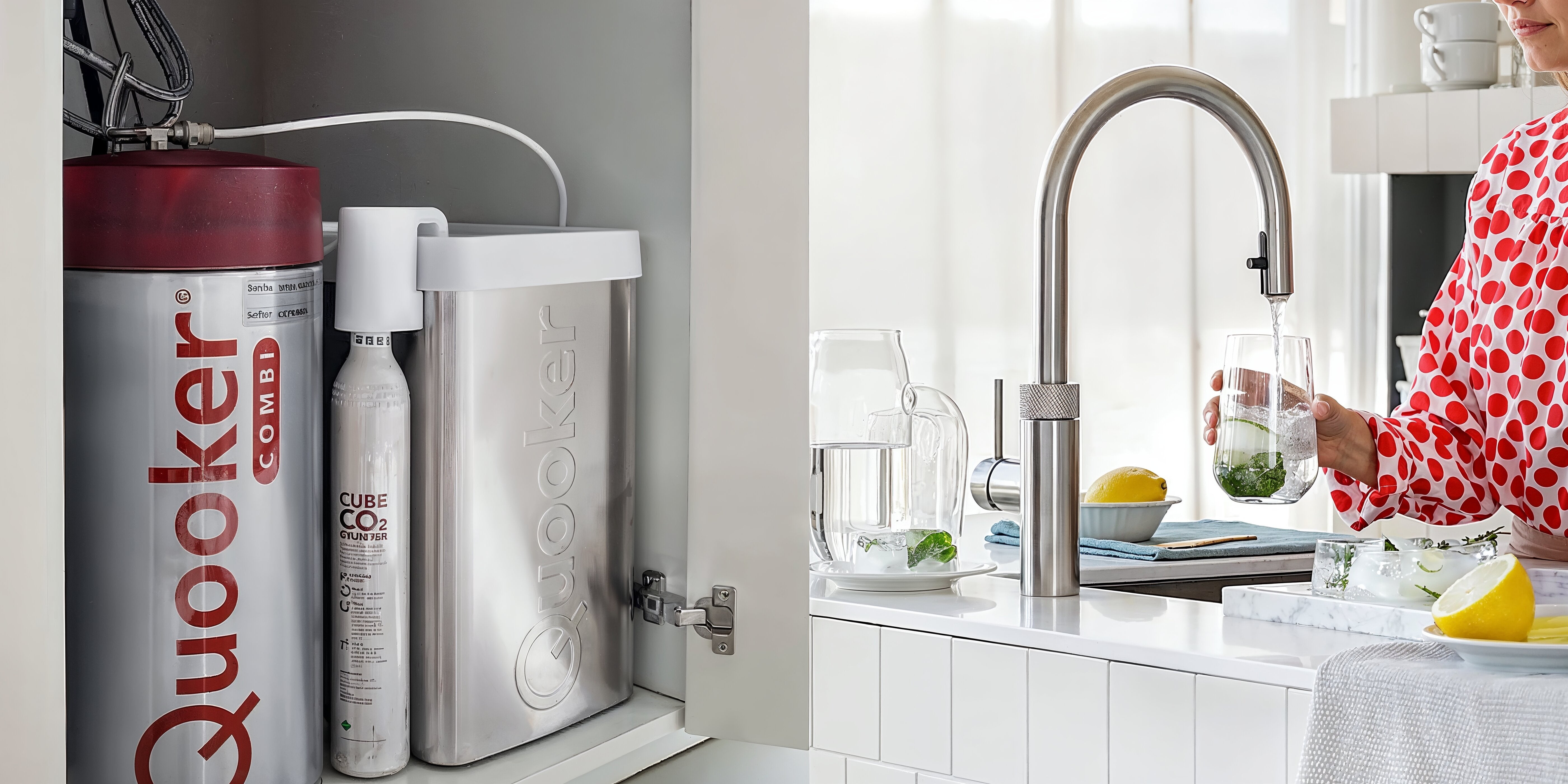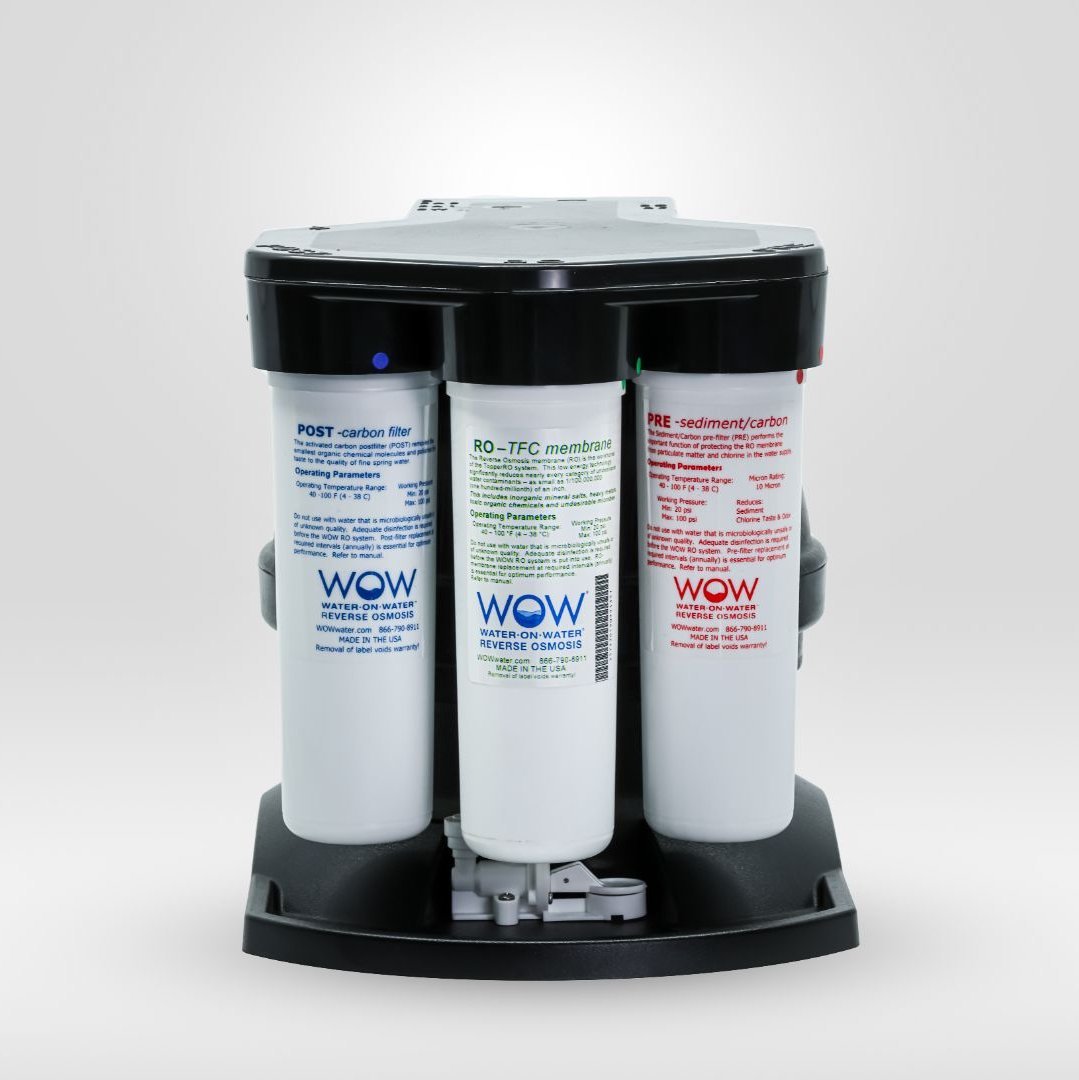Faucet water filters come in various designs, each with its own characteristics and applications. Choosing the right filter type depends on your specific water purification needs. Some filters primarily remove chlorine and improve taste, while other systems eliminate almost all impurities. The effectiveness, ease of installation, and replacement frequency vary considerably among the available options.
What is the difference between different filter types?
Clean, healthy drinking water is essential for a healthy lifestyle. Although Dutch tap water is of good quality, it can still contain unwanted substances such as chlorine, heavy metals, pharmaceutical residues, and microplastics. Tap water filters offer a solution for removing these impurities.
Modern water filters vary widely in technology, purification capacity, and application. Some systems focus primarily on improving taste, while more advanced filtration systems can remove up to 99% of all unwanted substances. In this blog post, we discuss the main filter types, how they work, and which system is best suited to your situation.
What types of tap water filters are there?
There are various water filter systems for home use, each with specific features and applications. Let's take a closer look at the most common filter types:
Active carbon filters
Activated carbon filters are the most common and affordable option. They work through adsorption, where contaminants stick to the carbon surface. These filters are particularly effective against chlorine, pesticides, and organic matter , significantly improving the taste and odor of water.
Advantages:
- Relatively cheap and easy to install
- Effectively removes chlorine and improves taste
- Available in different sizes (jug, top, under-counter)
Disadvantages:
- Does not remove dissolved minerals or salts
- Less effective against bacteria
- Must be replaced regularly (usually every 2-3 months)
Ceramic filters
Ceramic filters consist of a porous material with microscopic holes that act as a sieve. They trap physical particles such as sediment, rust, and certain microorganisms .
Advantages:
- Effective against bacteria and parasites
- Long lifespan
- Often cleanable and reusable
Disadvantages:
- Removes chemical contaminants without an additional carbon layer
- Slower flow rate
- May become clogged when used with very cloudy water
Membrane filters (reverse osmosis)
Reverse osmosis (RO) systems use a semi-permeable membrane that filters water molecule by molecule. This technology removes up to 99% of all dissolved solids , including heavy metals, fluoride, nitrates, and even pharmaceutical residues.
Advantages:
- Most thorough purification method for home use
- Removes virtually all contaminants
- Produces water of very high purity
Disadvantages:
- More expensive to purchase and install
- Produces waste water during the filtration process
- Also removes beneficial minerals (some systems add these back in later)
Ion exchangers
Ion exchangers specialize in removing dissolved minerals and salts through a chemical process. They are best known as water softeners that replace calcium and magnesium ions with sodium ions.
Advantages:
- Very effective against limescale
- Extends the lifespan of household appliances
- Reduces soap consumption
Disadvantages:
- Does not remove organic contaminants or bacteria
- Adds sodium to the water
- Regular maintenance required (top up salt)
How do you choose the right water filter system for your tap?
When selecting a suitable water filter system for your tap, several factors play a role:
Water quality and specific problems
Start by analyzing your current water quality. Are you experiencing chlorine odor, limescale, or other specific contaminants? A simple TDS meter can give you insight into the amount of dissolved solids in your water.
Ease of installation and space
Consider how much space you have available and how complex the installation can be. Some systems simply fit over the faucet, while others must be installed under the counter.
Filter capacity and replacement frequency
Consider the amount of water you use daily and how often you're willing to replace filters. Advanced systems like reverse osmosis require less frequent maintenance but have a higher initial investment.
| Filter type | Ideal for | Replacement frequency |
|---|---|---|
| Activated carbon | Taste and odor improvement | 2-3 months |
| Ceramic | Bacteria and sediment | 6-12 months (cleanable) |
| Reverse osmosis | Complete purification | 6-24 months (depending on filter) |
| Ion exchanger | Water softening | Refill salt as needed |
Price-quality ratio
Determine your budget for both purchase and maintenance. A cheaper option may be more expensive in the long run due to more frequent filter replacements.
Key insights about tap water filters
After comparing the different filter types, we can draw some important conclusions:
- For taste improvement and basic purification, an active carbon filter is sufficient
- In case of bacterial contamination, a ceramic filter is a good choice
- For the most thorough purification, reverse osmosis is most effective
- An ion exchanger or water softener offers a solution for hard water
For optimal results, modern systems like our "The Source" combine various filter techniques. This system uses reverse osmosis technology and removes up to 99% of unwanted substances in four steps: pre-treatment with activated carbon, filtration through a semipermeable membrane, storage in a water-on-water tank, and post-treatment for perfect taste.
Maintaining your water filter is crucial for optimal performance. Replace filters at the recommended intervals and regularly check the water quality with a TDS meter. For most systems, replacing filters is a simple job you can do yourself.
Choosing the right water filter system ultimately depends on your specific situation, budget, and needs. By carefully comparing the different options, you can make a well-informed decision that suits your needs for clean and healthy drinking water.
